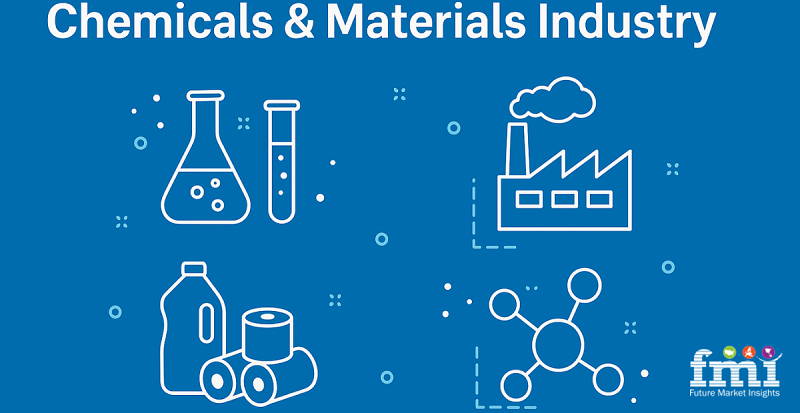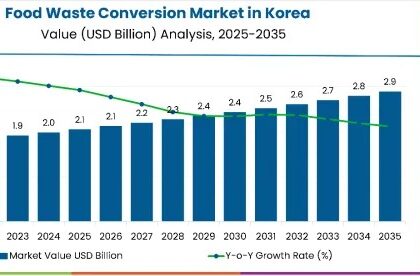Introduction: From Compliance to Innovation
The global shift away from formaldehyde-based resins has largely been framed as a regulatory response to health concerns. While this narrative is valid—especially with organizations like the EPA and WHO classifying formaldehyde as a known carcinogen—there is an emerging angle that often escapes mainstream attention. Formaldehyde-free resins are not just safer substitutes; they are becoming performance enablers in advanced building systems, especially in acoustic panel manufacturing.
As demand rises for healthier indoor environments and high-performance materials in both commercial and residential infrastructure, formaldehyde-free resins are redefining their role from mere compliance agents to functional contributors. Their application in acoustic insulation and sound-absorbing panels highlights how these resins are enabling material innovation without compromising sustainability or structural performance.
𝐌𝐚𝐤𝐞 𝐈𝐧𝐟𝐨𝐫𝐦𝐞𝐝 𝐃𝐞𝐜𝐢𝐬𝐢𝐨𝐧𝐬 – 𝐀𝐜𝐜𝐞𝐬𝐬 𝐘𝐨𝐮𝐫 𝐒𝐚𝐦𝐩𝐥𝐞 𝐑𝐞𝐩𝐨𝐫𝐭 𝐈𝐧𝐬𝐭𝐚𝐧𝐭𝐥𝐲! https://www.futuremarketinsights.com/reports/sample/rep-gb-2407
The Science of Silence: Acoustic Applications as a Growth Catalyst
In architecture and interior design, acoustic performance has become a crucial metric for occupant well-being. Hospitals, schools, offices, and even residential spaces are being designed with advanced noise control systems that reduce ambient stress and improve cognitive performance. At the core of many of these systems are acoustic panels made of mineral wool, fiberglass, or recycled fibers—materials that traditionally required formaldehyde-based binders for cohesion and durability.
With the advent of formaldehyde-free resins, manufacturers can now produce acoustic boards that are low-VOC, odorless, and safer to install, all while maintaining or exceeding the performance standards of conventional systems. Resin technologies based on modified starch, polyacrylics, melamine alternatives, and bio-based adhesives are being optimized for adhesion, moisture resistance, and thermal stability—key attributes in acoustic environments where temperature fluctuations and humidity are common.
This application area is underrepresented in market literature, which tends to focus on particleboard and MDF sectors. However, acoustic insulation is proving to be a dynamic and fast-growing segment of the formaldehyde-free resin market, especially in green building initiatives.
Market Dynamics: Shifting Demand in Construction and Retrofits
According to Future Market Insights, in 2025, the market is expected to reach USD 10,196.4 million and is forecasted to grow to USD 1,914.1 million by 2035, registering a CAGR of 6.5% over the forecast period. While furniture and cabinetry still represent substantial end-use segments, the highest CAGR is projected in building retrofit and refurbishment projects. This trend is particularly noticeable in regions adopting green building codes such as LEED (Leadership in Energy and Environmental Design) in North America and BREEAM (Building Research Establishment Environmental Assessment Method) in Europe.
In these settings, indoor air quality is a key evaluation metric, driving builders to specify materials certified for low or zero formaldehyde emissions. Acoustic panels made with formaldehyde-free binders offer a dual benefit: improving indoor acoustics while contributing to cleaner air. As a result, resin formulators that can offer high-performance solutions meeting both acoustical and emission standards are gaining competitive advantage.
𝐔𝐧𝐥𝐨𝐜𝐤 𝐂𝐨𝐦𝐩𝐫𝐞𝐡𝐞𝐧𝐬𝐢𝐯𝐞 𝐌𝐚𝐫𝐤𝐞𝐭 𝐈𝐧𝐬𝐢𝐠𝐡𝐭𝐬 – 𝐄𝐱𝐩𝐥𝐨𝐫𝐞 𝐭𝐡𝐞 𝐅𝐮𝐥𝐥 𝐑𝐞𝐩𝐨𝐫𝐭 𝐍𝐨𝐰: https://www.futuremarketinsights.com/reports/formaldehyde-free-resin-market
Case Study: Adoption in Scandinavian Green Buildings
A 2023 pilot project in Sweden exemplifies this shift. A public school in Stockholm was designed using acoustic ceiling panels made from glass wool bonded with a formaldehyde-free resin derived from modified carbohydrate chemistry. The panels not only achieved top-tier acoustic ratings (Class A under ISO 11654) but also helped the building achieve LEED Platinum certification.
Indoor air monitoring during the first year of occupancy revealed VOC levels 40% lower than national averages in comparable schools, which was attributed in part to the low-emission materials used throughout. The school also reported a noticeable reduction in student absenteeism, highlighting the holistic benefits of healthier building systems.
This example underscores how formaldehyde-free resins are making their mark not only through safety metrics but also through functional outcomes that influence public health and educational performance.
Technological Progress: Expanding the Resin Toolbox
The shift away from formaldehyde has challenged resin manufacturers to reinvent performance characteristics that were once chemically hardwired into formaldehyde-based systems. Modern innovations have introduced thermosetting and thermoplastic resin systems that are not only formaldehyde-free but also more versatile in their bonding mechanisms.
Resins based on soy protein isolates, lignin, and polyvinyl acetate (PVA) are increasingly used in acoustic panel applications, especially where fire resistance and mechanical strength are crucial. These systems often outperform older phenol-formaldehyde resins in humidity resistance and aging tests, which is vital in applications like ceiling tiles or wall panels in HVAC-heavy environments.
Moreover, advances in rheology control and curing chemistry have made it possible to reduce drying times and energy consumption during panel production. This enhances the overall sustainability profile of acoustic materials while maintaining cost-efficiency for large-scale deployment.
Future Outlook: Regulatory Push and Consumer Pull
Between 2025 and 2035, the global formaldehyde-free resin market is projected to grow steadily, with niche applications such as acoustic panels contributing disproportionately to value rather than volume. Urbanization trends, coupled with increasing noise pollution awareness and worker health legislation, are converging to create fertile ground for this specialized use case.
Polymers & Plastics: https://www.futuremarketinsights.com/industry-analysis/polymers-and-plastics
Additionally, governments are pushing for stricter controls on emissions from construction materials. In the United States, California’s CARB Phase II and the EPA’s TSCA Title VI have already begun influencing national building supply chains. Similar regulations in Japan and South Korea are creating a ripple effect across the Asia-Pacific market.
This regulatory momentum is met by consumer demand for green-certified buildings, particularly among institutional clients such as universities, hospitals, and tech companies. These buyers are increasingly specifying materials that include formaldehyde-free certifications, placing pressure on manufacturers to innovate beyond the standard offerings.
Conclusion: Formaldehyde-Free Resins as Strategic Enablers
Formaldehyde-free resins are no longer just a checkbox for regulatory compliance—they are becoming a critical component of smart, sustainable, and health-centric design. Their role in acoustic panels, while rarely discussed, is a vivid example of how these materials are adding value beyond safety, enhancing performance in buildings where human health and comfort are paramount.
As the global conversation shifts from chemical avoidance to wellness-driven construction, formaldehyde-free resins in acoustic applications are emerging as a strategic intersection of material science, environmental responsibility, and human-centric innovation. This under-the-radar transformation marks a compelling frontier in the evolution of high-performance, non-toxic building materials.
Key Segments Covered in the Formaldehyde-free Resin Market Report
By Product Type:
- Wood Adhesive
- Foil Bandaging Adhesive
- Fiberglass Adhesive
- Mineral Fiber Adhesive
By End Use:
- Residential Insulation
- Commercial Insulation
By Region:
- North America
- Latin America
- Europe
- Asia Pacific
- Middle Eats & Africa
About Future Market Insights (FMI)
Future Market Insights, Inc. (ESOMAR certified, recipient of the Stevie Award, and a member of the Greater New York Chamber of Commerce) offers profound insights into the driving factors that are boosting demand in the market. FMI stands as the leading global provider of market intelligence, advisory services, consulting, and events for the Packaging, Food and Beverage, Consumer Technology, Healthcare, Industrial, and Chemicals markets. With a vast team of over 400 analysts worldwide, FMI provides global, regional, and local expertise on diverse domains and industry trends across more than 110 countries.
Join us as we commemorate 10 years of delivering trusted market insights. Reflecting on a decade of achievements, we continue to lead with integrity, innovation, and expertise.
Contact Us:
Future Market Insights Inc.
Christiana Corporate, 200 Continental Drive,
Suite 401, Newark, Delaware – 19713, USA
T: +1-347-918-3531
For Sales Enquiries: sales@futuremarketinsights.com
Website: https://www.futuremarketinsights.com
LinkedIn| Twitter| Blogs | YouTube






